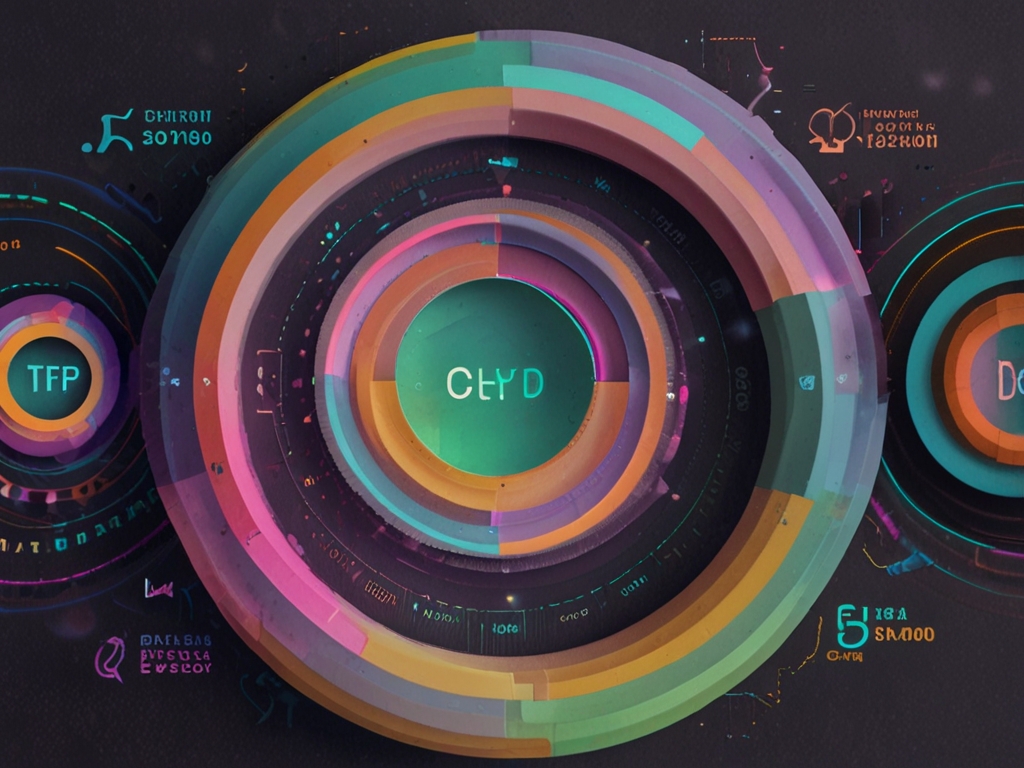
Crypto's wild feedback loop: from hype to excess in a flash!
Date: 2025-05-15 12:13:28 | By Edwin Tuttle
Ethereum's Feedback Loop: From Market Dominance to Fragmentation
In the dynamic world of cryptocurrency, Ethereum once stood shoulder-to-shoulder with Bitcoin, riding a powerful feedback loop that elevated its value to unprecedented heights. However, the introduction of layer 2 solutions has fragmented this loop, severing Ethereum's once unchallenged network effects. As we delve into the intricacies of this shift, we uncover a tale of missed opportunities and the urgent need for a more integrated approach to maintain Ethereum's market stronghold.
The Rise and Fall of Ethereum's Feedback Loop
Ethereum's journey to becoming a titan in the crypto industry was fueled by a self-reinforcing feedback loop. As more developers built on Ethereum and more users engaged with its ecosystem, the value of Ether, the native cryptocurrency, soared. This cycle of growth and value appreciation positioned Ethereum as a formidable rival to Bitcoin, with both assets often seen as the dual pillars of the crypto market.
However, the introduction of layer 2 solutions like Base, Optimism, and Arbitrum aimed to alleviate Ethereum's scalability issues. Instead of bolstering Ethereum's network effects, these solutions created their own isolated ecosystems. "We put a wall between the speaker and the microphone," explains a prominent crypto analyst, illustrating how the signal of Ethereum's original network effects was disrupted.
The Misstep of Layer 2 Implementation
The critical error, according to industry experts, was the hasty shift to layer 2 solutions without first enhancing the integration with Ethereum's layer 1. "We should have invested more in native rollups and interop standards to ensure that the extensions of Ethereum could seamlessly share the same network effects," says a blockchain developer who has worked closely with Ethereum's ecosystem.
Market data reflects this fragmentation. While Ethereum's total value locked (TVL) in DeFi was once unrivaled, the rise of competing layer 2 solutions has led to a dispersion of liquidity. For instance, as of the latest reports, Arbitrum and Optimism have seen significant increases in TVL, drawing resources away from Ethereum's mainnet.
The Path Forward: Reintegrating Ethereum's Ecosystem
To reclaim its position as the undisputed economic hub for asset issuance and liquidity, Ethereum must focus on reintegrating its fragmented network effects. Experts advocate for a stronger emphasis on native rollups and improved interop standards. "The future of Ethereum hinges on its ability to create a cohesive ecosystem where all extensions contribute to the strength of the layer 1," asserts a leading crypto strategist.
Bold predictions suggest that if Ethereum can successfully implement these changes, it could not only recover its lost ground but also set a new standard for blockchain interoperability. The potential for Ethereum to once again lead the crypto market is palpable, but it requires a strategic recalibration of priorities.
In the meantime, investors and developers alike are watching closely. The crypto community is eager to see if Ethereum can navigate this complex landscape and restore the feedback loop that once propelled it to the forefront of the industry. The stakes are high, but so is the potential reward for those who can harness the power of a truly integrated Ethereum ecosystem.

Disclaimer
The information provided on HotFart is for general informational purposes only. All information on the site is provided in good faith, however we make no representation or warranty of any kind, express or implied, regarding the accuracy, adequacy, validity, reliability, availability or completeness of any information on the site.
 5
5  0
0  BITCOIN
BITCOIN
Comments (0)
Please Log In to leave a comment.